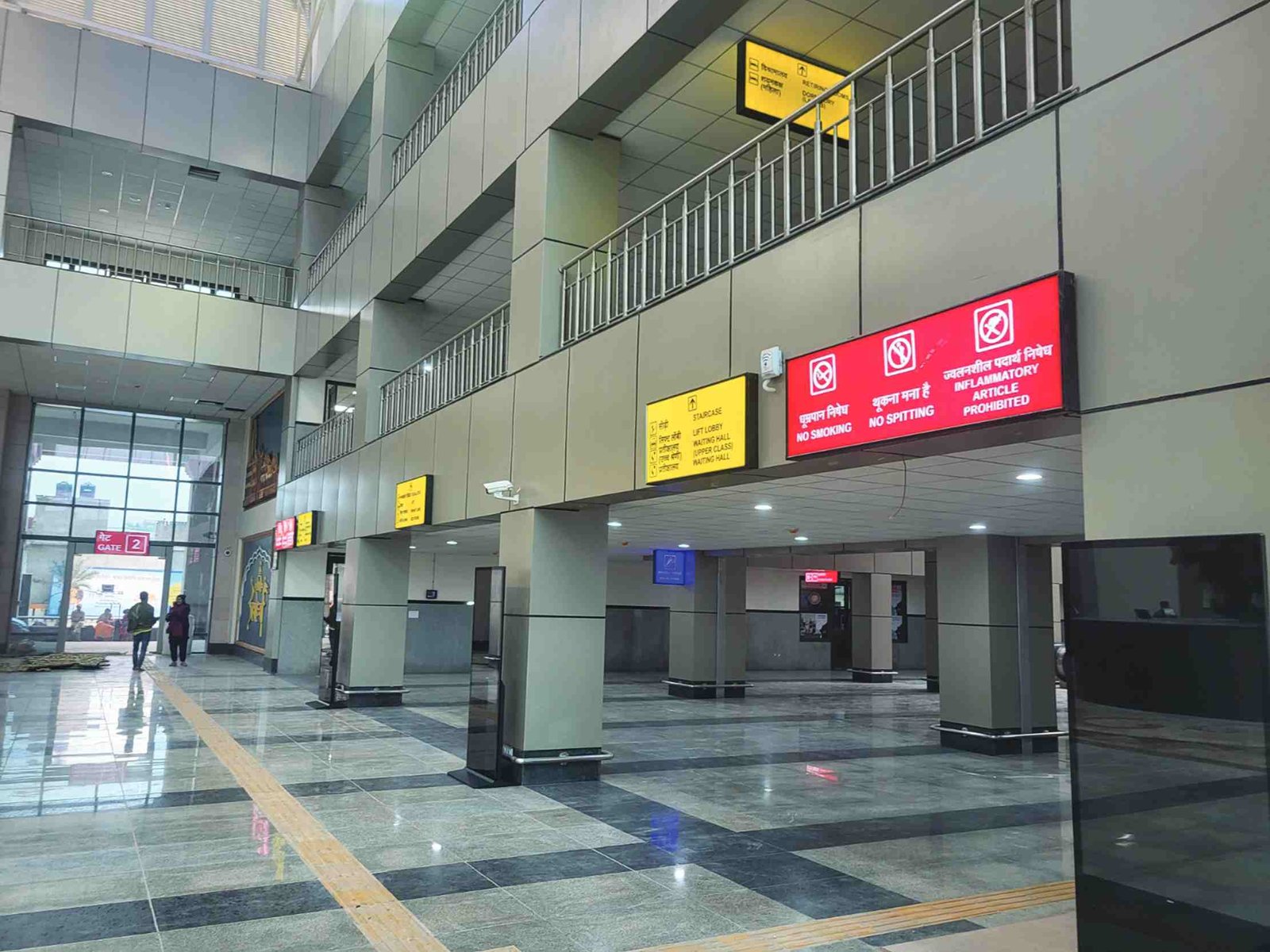
The global video surveillance market is expected to reach $110.09 billion by 2028 according to The Business Research Company report, with a significant portion of this growth driven by advanced technologies like radar-assisted systems. Sid Jalan explores the applications of this technology.

As security threats evolve, the integration of radar with traditional video surveillance systems is becoming increasingly essential. Radar systems are an effective object-detection tool, especially in perimeter security. The technology uses a transmit-and-receive method, detecting objects as well as their distance and velocity. Today, radar technology has become increasingly advanced.
Advantages of Using Radar Technology
Unlike optical systems, which are limited by environmental factors such as lighting conditions and weather, radar can operate effectively in diverse environments, providing accurate detection and tracking capabilities. This resilience makes radar an ideal complement to video surveillance, ensuring that potential threats are identified regardless of external conditions.
Sanjeev Sehgal, MD and CEO, Sparsh CCTV, emphasizes that the integration enhances security operations by combining the strengths of both technologies. “Radar extends detection range and functions effectively in all-weather and low-light conditions, reducing false alarms by distinguishing between real threats and non-threatening objects. This allows for proactive threat detection, improved situational awareness, and automated responses, such as focusing cameras on detected movement. Additionally, radar’s ability to cover large areas with fewer devices makes it cost-effective, while providing precise tracking information that complements video feeds. Overall, radar-assisted video surveillance offers a scalable, efficient solution for comprehensive security.”
To boost radar surveillance adoption in India, the government can offer incentives, support R&D, establish regulatory frame work, invest in training, and promote awareness. Public-private partnerships, standardization, and certification processes can facilitate integration and reliability.
– Sanjeev Sehgal
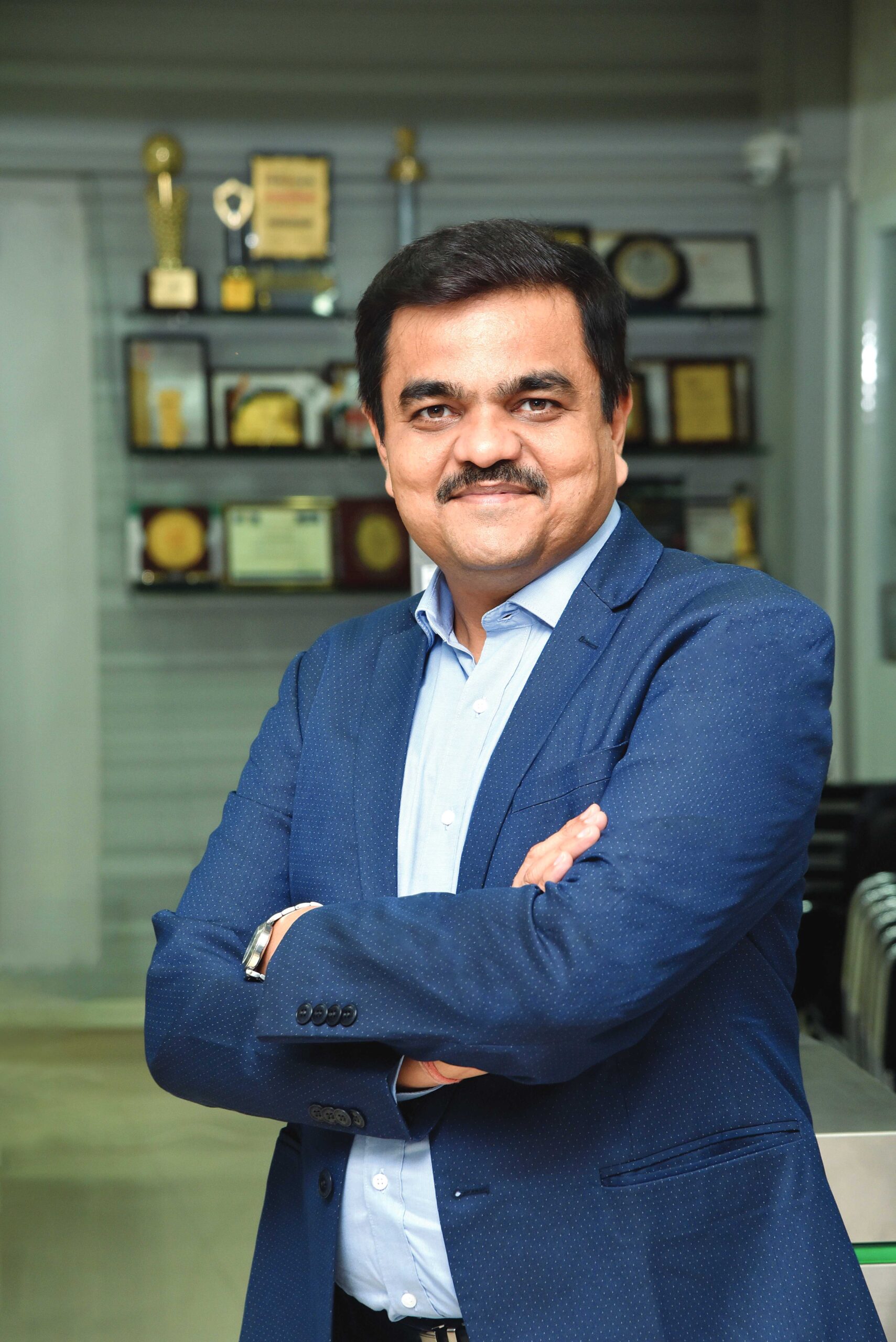
Ashish P. Dhakan, MD & CEO, Prama Hikvision India Private Limited highlights the importance of radar in traffic control: “Adverse weather conditions contribute to nearly 21% of annual vehicle crashes in the United States. Security radar, integrated with IP cameras, provides a non-visual detection method, offering a to traffic monitoring by ‘seeing’ through fog, snow, and rain.”
Radar’s ability to cover large areas with fewer sensors makes it particularly effective in securing large perimeters, such as airports or industrial complexes. Moreover, radar excels at differentiating between types of movement, reducing false alarms that are common with video-based systems. It can differentiate between vehicles, humans, and smaller distractions like animals or debris, thereby enhancing the accuracy of threat detection.
“Radar-based speed violation detection enhances security operations by providing accurate, real-time monitoring of vehicle speeds, thereby allowing for instant recognition of overspeed vehicles and thus automatically causing enforcement alerts. The system generates hot-listed/stolen and wanted vehicle data while differentiating between shadow and vehicles. The sensor is a robust 4D HD Radar for traffic enforcement applications, it can detect speed upto 320kmph. Vehant’s Radar can measures range, horizontal angle, vertical angle, speed and other parameters of multiple targets simultaneously. This integration not only improves traffic management and safety but also provides reliable evidence for legal and administrative actions. Additionally, combining radar data enables comprehensive analysis, help to classify the type of vehicle , generate violation and support proactive interventions,” states Shailendra Kumar Singh – VP & Business Unit Head- SSE Business- Vehant Technologies.
Hikvision’s radar technology employs microwave and digital beamforming for precise object tracking. By extracting Doppler and angle information, the sensors deliver accurate positioning, movement direction, and velocity. It boasts early warning capabilities, enabling features such as video recording, alarms, and event recording.
– Ashish P. Dhakan
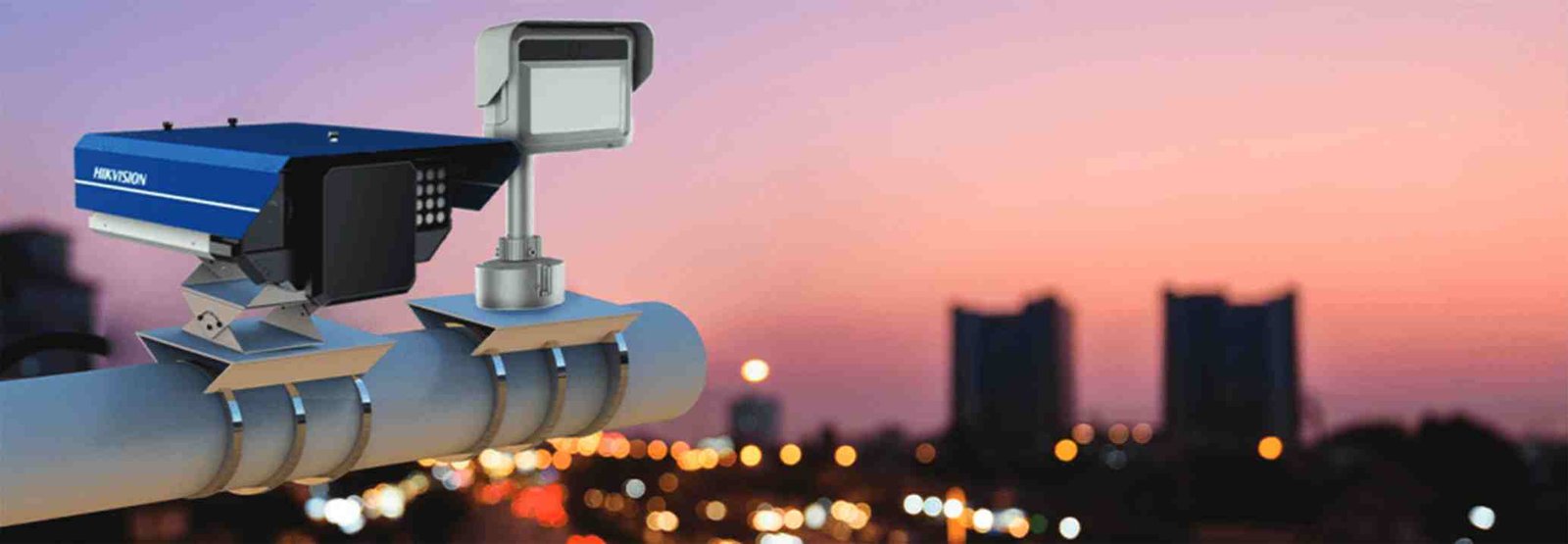
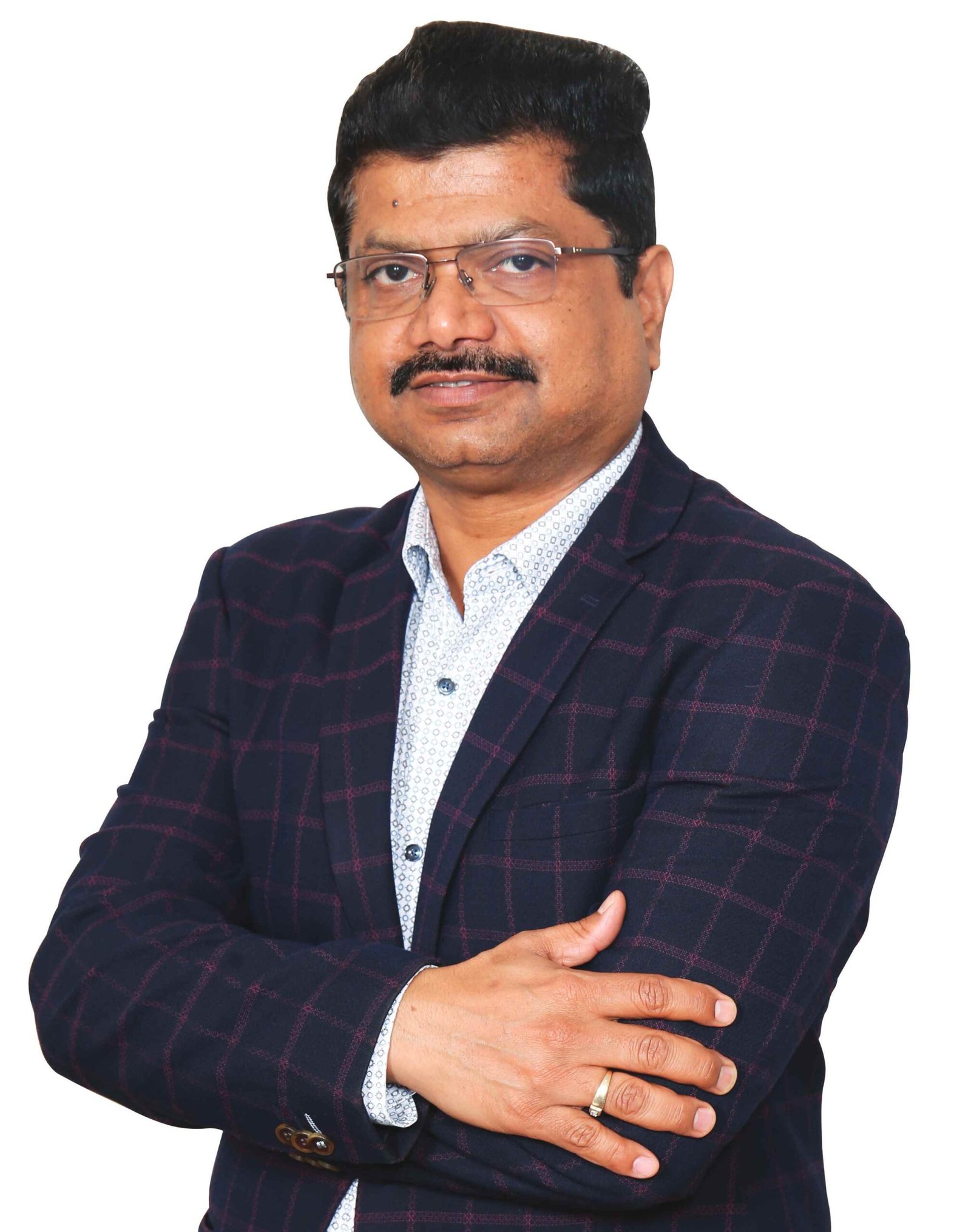
Types of radar technologies most commonly used in surveillance
Commonly used radar technologies include Continuous Wave (CW) radar, which detects movement and speed using the Doppler effect, and Pulsed radar, known for long-range detection. Sanjeev Sehgal explains that Frequency Modulated Continuous Wave (FMCW) radar is valued for its accuracy in detecting both stationary and moving objects, while Synthetic Aperture Radar (SAR) and Inverse Synthetic Aperture Radar (ISAR) provide high-resolution imaging in maritime and aerial contexts. Lastly, Doppler radar is widely utilized for detecting and monitoring moving objects, making it essential for traffic monitoring and perimeter security.
Advancements in radar-assisted video surveillance are focusing on enhanced object classification and counting, which will significantly boost the precision and efficacy of security systems. The technology not only detects speeding vehicles but also integrates radar data to offer comprehensive traffic management and enforcement solutions.
– Shailendra Kumar Singh
Radar-video fusion: bridging the gap
While radar and video surveillance operate on entirely different technologies, their integration offers enhanced security capabilities. Himanshu Dave, Founder of Infitron Advanced Systems Pvt. Ltd., states, “Radar can be integrated with optical systems like cameras, allowing them to enhance each other’s effectiveness when used together.”
This integration leverages microwave and digital beamforming to track objects with high accuracy. Combining radar with night vision, thermal, or infrared cameras allows for real-time detection and visual confirmation, crucial for rapid response in critical situations.
The choice to integrate these technologies is guided by the unique requirements of each environment, whether it is for home security, industrial applications, or advanced defense operations. For example, a study in Barcelona revealed that speed cameras contributed to a 27% reduction in road collisions, along with a significant drop in injuries and vehicles involved in accidents. Traffic surveillance cameras have been shown to reduce collisions by up to 15% in accident-prone areas.
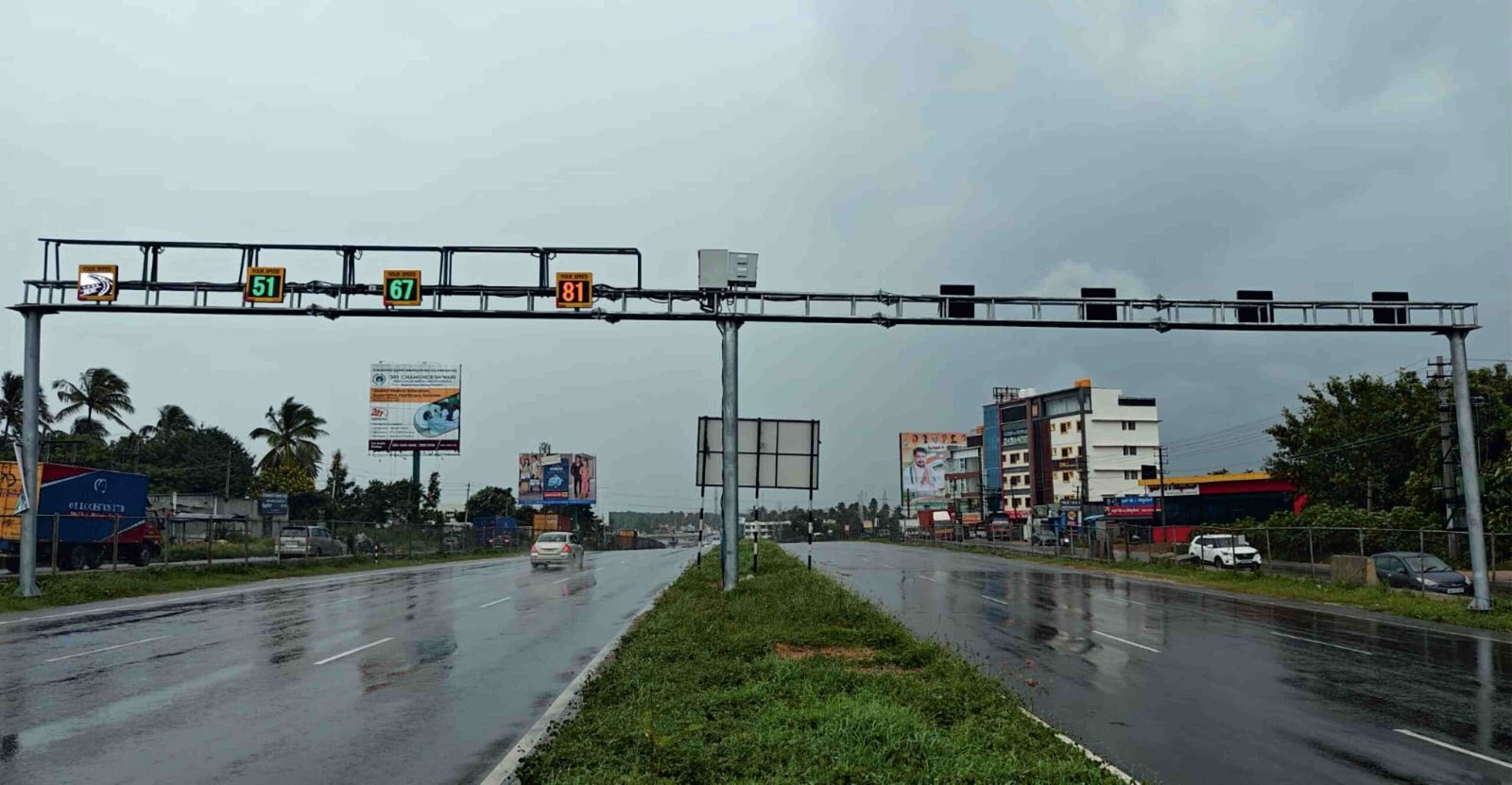
Real-World Applications
Radar-assisted video surveillance is increasingly being adopted worldwide, particularly in areas critical to national defense and security. One prominent example is Heathrow Airport in the UK, where radar-assisted technology is deployed to track unauthorized drones and monitor critical areas. As one of the busiest airports globally, Heathrow’s use of this technology enhances its security measures, ensuring swift detection and response to potential threats. At the Thailand Air Force project, Sparsh implemented advanced radar-based ANPR system that enabled comprehensive monitoring of all movements within the airport premises.
Similarly, the U.S. – Mexico border utilizes radar-assisted surveillance as part of the U.S. Customs and Border Protection’s efforts to monitor illegal crossings across challenging terrains.
And in the Middle East, Saudi Arabia’s oil refineries, managed by Saudi Aramco, rely heavily on radar-assisted video surveillance to protect critical infrastructure. It enables the rapid detection of potential threats to vital resources, such as oil refineries and pipelines. Countries such as Denmark and Australia, have deployed radar-assisted surveillance to monitor traffic flow, detect accidents and prevent congestion.
Vehant’s solutions featuring 242 AI-enabled video analytics use cases with VehiScan and TrafficMon, are designed to enhance traffic management and safety on the Bengaluru- Mysuru highway. The integration with VIDES and VASD systems provides comprehensive incident detection, real-time speed display, and improved driver awareness.
Challenges in Implementation
While radar-assisted video surveillance offers significant benefits, it also faces notable challenges, particularly in defense and high-security environments. A key difficulty is integrating radar with video technologies, which are based on different operating principles. Creating a seamless system requires sophisticated signal processing, precise synchronization, and calibration, which adds complexity and increases costs. This integration also demands specialized expertise for effective management, especially in scenarios where real-time detection and response are crucial.
Another challenge is the processing and analysis of the large volumes of data generated by these systems. In defense applications, where local signal processing is essential, the computational demands can be immense, requiring advanced algorithms and high-performance computing resources. In commercial systems, data privacy is a significant concern due to the sensitive nature of the information collected. Ensuring secure storage, encryption, and controlled access is crucial for protecting privacy and complying with legal regulations. These challenges underscore the need for careful planning and robust infrastructure to ensure the effective operation of radar-assisted video surveillance systems.
“Data from radar and video surveillance is processed through integration, where radar detects movement and video provides visual context. Advanced algorithms and AI analyze this fused data in real-time, identifying and classifying objects, detecting anomalies, and triggering alerts. The data is stored for future analysis and reporting. However, this extensive data collection raises privacy concerns, including the potential for surveillance overreach, unauthorized access, and the retention of sensitive information. Ensuring data security, transparency, and compliance with privacy regulations is crucial to mitigate these concerns and protect individuals’ privacy rights,” explains Sanjeev Sehgal.
Ashish Dhakan points out that the limitations of radar –assisted video surveillance often relates to various factors including filter on distance, false alarm triggers, object information, coverage, light condition, configuration and cost. “It is not possible that a single fixed camera will cover the same area as a radar. A solution with several fixed cameras on the other hand, would certainly increase the installation time and cost. The installation process is complex and time consuming to configure analytics on video and thermal cameras. The level of configuration of a radar and a PTZ camera together is limited, which is a positive factor. As with all types of detectors, there are circumstances where the network radar detector’s performance may be less than optimal.”
It is also that the radar detection performance gradually decreases with distance and angle. Small objects are therefore less detectable at longer distance and at larger angles. Again, blind spots, interoperability and installation cost are part of operational limitation one needs to address.
The Future and AI
The future of radar-assisted video surveillance is poised for significant advancements, particularly with the integration of Artificial Intelligence . It has the potential to significantly enhance the capabilities of these systems by automating data analysis, pattern recognition, and making real-time decisions that would be challenging for human operators.
For example, AI algorithms can be trained to identify specific threats or unusual activities, enabling faster and more accurate responses. In defense application, this capability could be the difference between preemptively neutralizing a threat and reacting too late. AI-driven predictive analytics could also anticipate security breaches or suspicious behavior before they occur, further improving the effectiveness of surveillance systems.
Moreover, the integration of AI with radar-assisted video surveillance opens up new possibilities for smarter, more adaptive security systems. AI can continuously learn and improve from the data it processes, refining its detection capabilities and reducing false alarms over time. As AI technology evolves, there is an expectation that these systems will become even more autonomous, requiring less human intervention while providing more precise and reliable security solutions.
A radar-video integration optimizes a security solution, which provides evidence class video footage on identity of intruder, colour of vehicle or licence plate number of the unauthorized vehicle. These details can become crucial for the police if a potential suspect needs to be identified or found. The radar data can be used for localizing an object and telling the camera where to zoom on the object. A fusion of different technologies increases the reliability of detection and reduces the false alarm rate at the same time.
Industries Set to Benefit
Critical infrastructure, such as power plants, oil fields, mining, Fishery and transportation hubs uses this technology to secure large areas and prevent unauthorized access. The transportation and logistics sector, including airports and seaports, relies on it to monitor vast spaces and manage the movement of vehicles and people. Defense, military, and border security applications benefit from its all-weather, long-range detection capabilities. Public safety, law enforcement, aviation, and maritime sectors also utilize this technology to monitor public spaces, runways, and docks, ensuring safety and quick response to incidents.
Government Support
“The Government of India is making significant strides in promoting the adoption of local technology, particularly in the defense sector. It’s encouraging to see various defense forces actively embracing these indigenous solutions. This not only strengthens national security but also supports the growth of homegrown technology and innovation,” says Himanshu Dave.
The Government of India has recognized the potential of radar surveillance and is playing a critical role in promoting the adoption of this technology, particularly in the defense sector. The push for indigenous manufacturing, such as the development of a 100% made-in-India X-band radar system, is a testament to this effort. Government support is essential in facilitating the widespread adoption of these technologies, ensuring that national security is bolstered by homegrown innovation.
 TrafficInfraTech Magazine Linking People Places & Progress
TrafficInfraTech Magazine Linking People Places & Progress